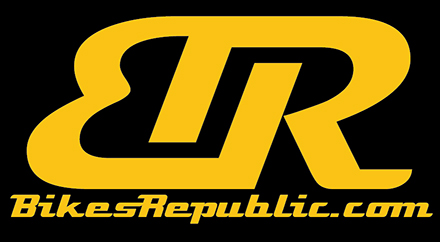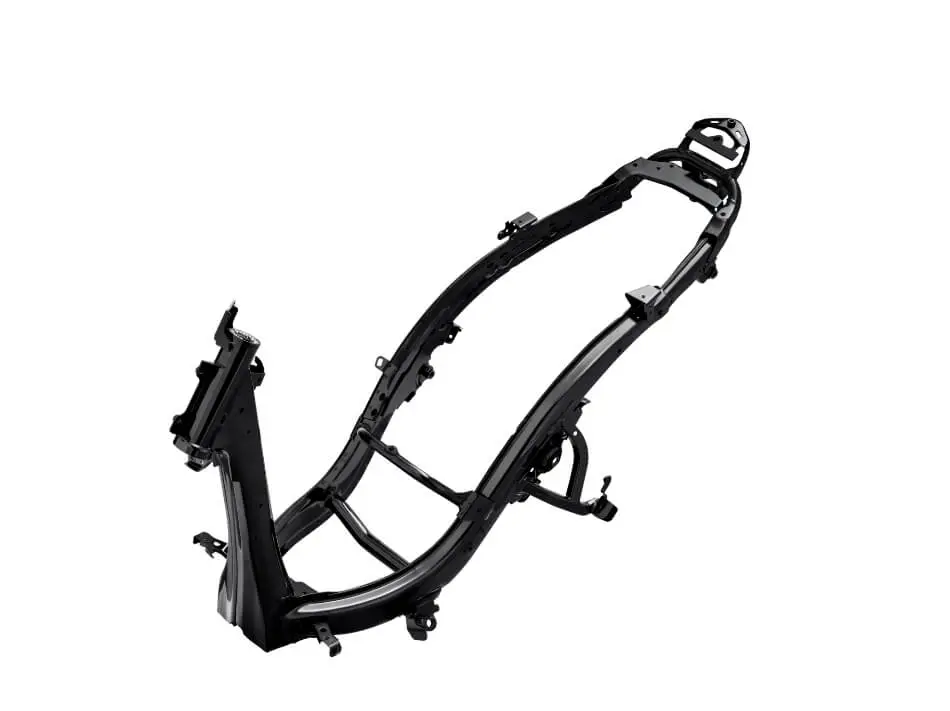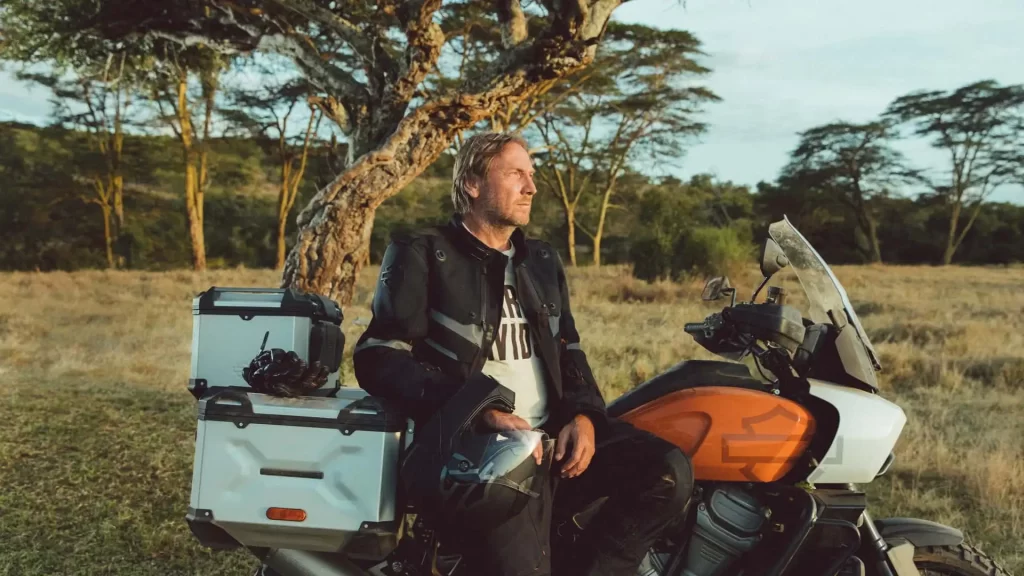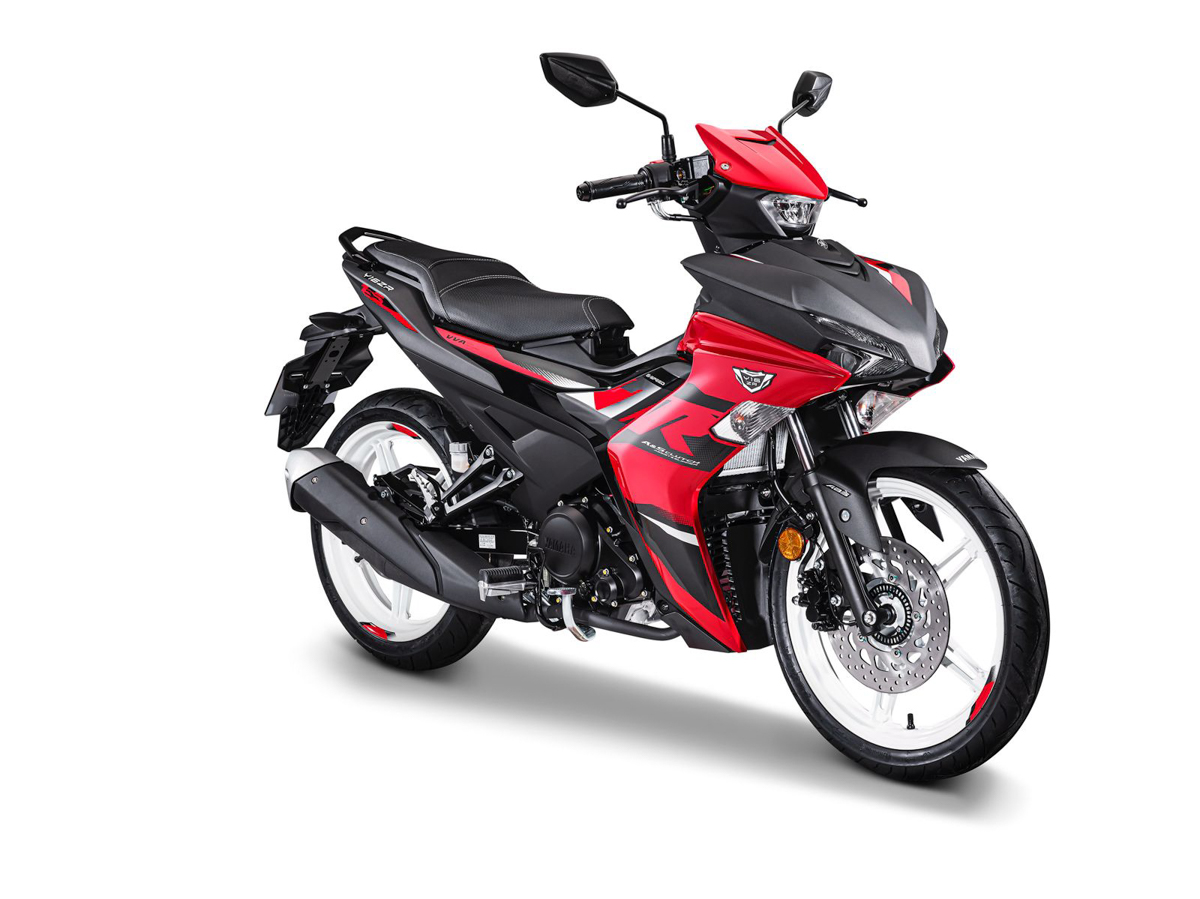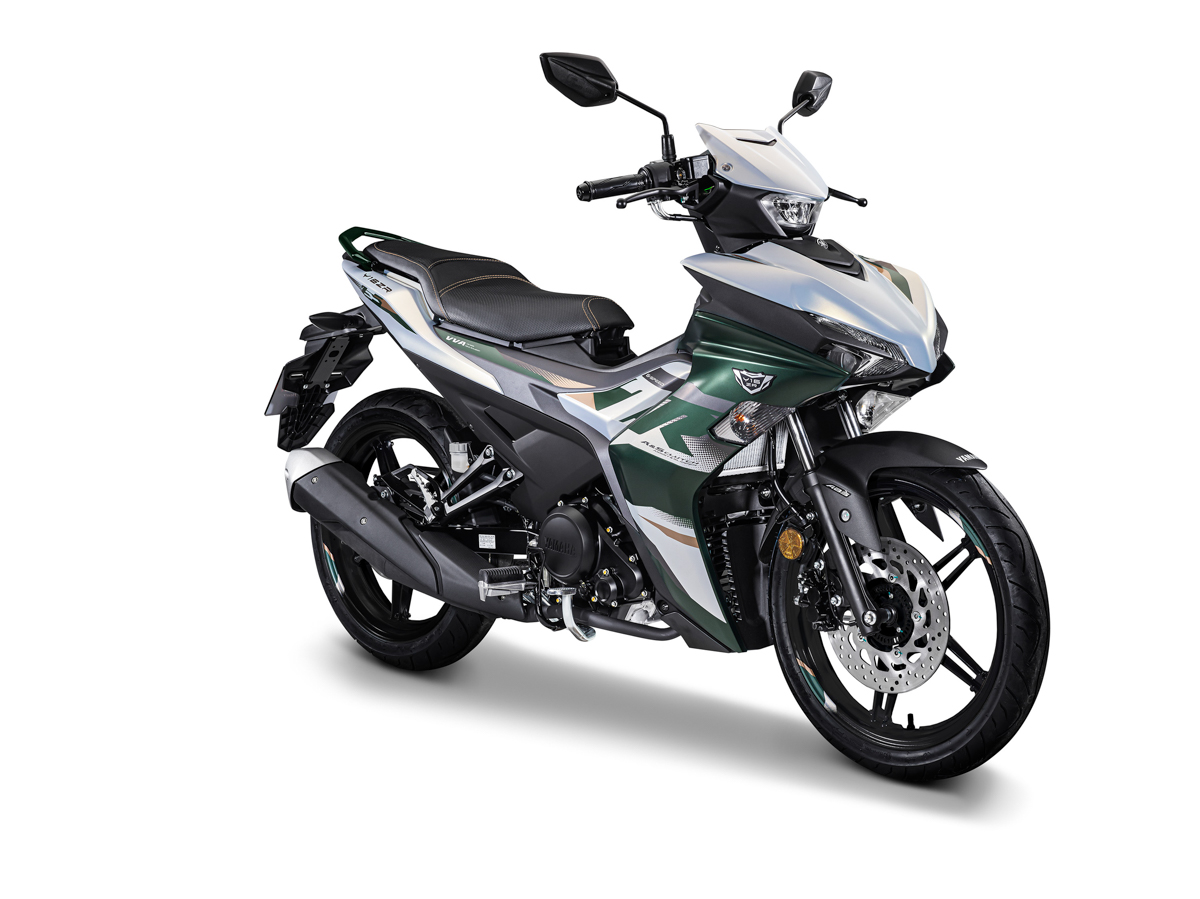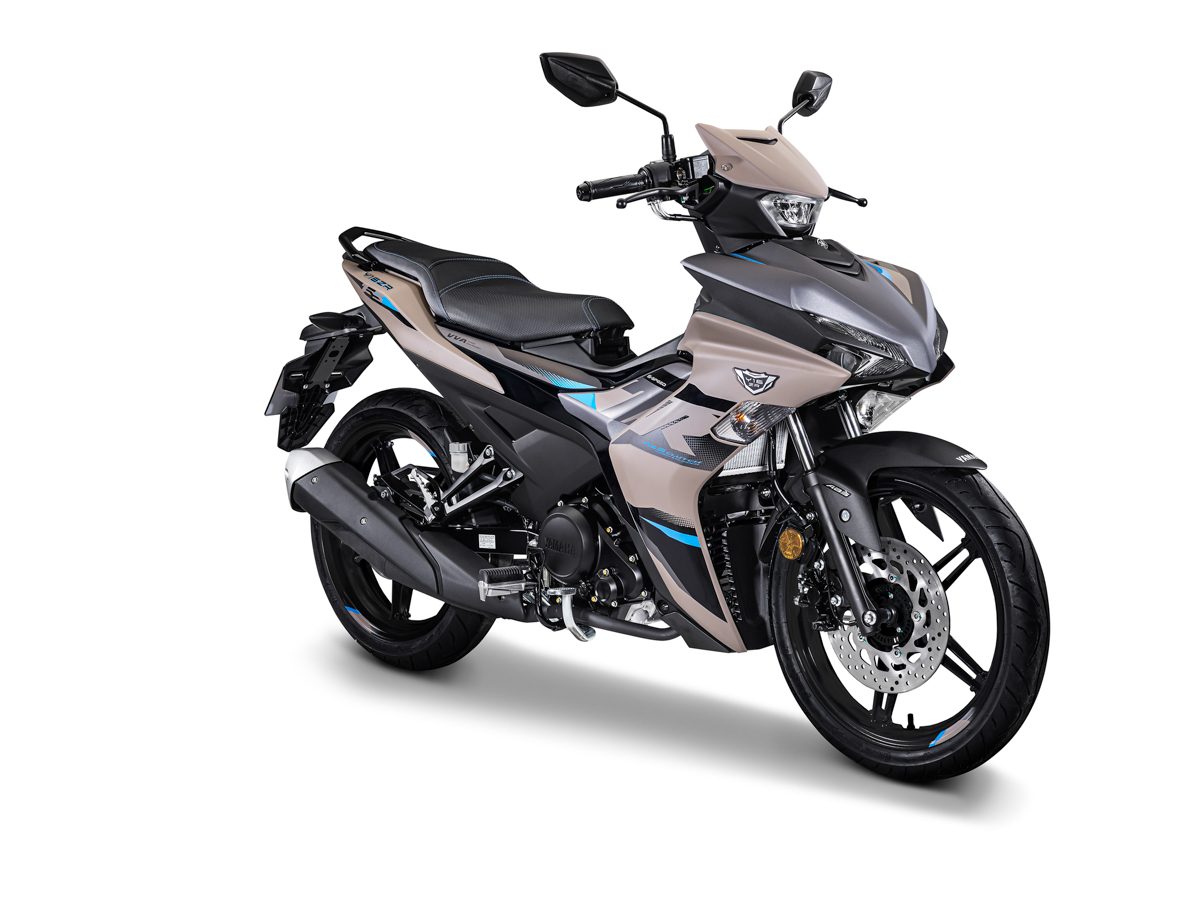Royal Enfield has also embarked on their electric motorcycle project, with the brand dubbed Flying Flea. To kick things off, the brand tied up with renowned designer Mattia Biagi to create a unique, one of its kind art bike, called the Flying Flea ‘Mototem.’ No, this is NOT a banana stuck on the wall with duct tape kind of ‘art.’
The Flying Flea name itself bears much historical significance, as it was unveiled in 1940 as the Royal Enfield Flying Flea – a purpose-built lightweight motorcycle that can be dropped by parachute on the battlefield. Moving forward, Royal Enfield has planned to debut the production classic styled Flying Flea FF.C6 and scrambler-styled Flying Flea FF.S6 in 2026.
The Mototem is based on the FF.C6 platform.
From the Press Release
Integrating craftsmanship, design and automobile seamlessly, Flying Flea, the new brand from Royal Enfield, and artist Mattia Biagi today unveiled their one of its kind art bike at Salone Del Mobile, Milan. The unique art piece, dubbed Motototem, represents not only a landmark in art and mobility but celebrates the spirit of creativity, innovation and sustainability that runs deep within the Flying Flea brand.
Royal Enfield has been synonymous with customization and has been the perfect canvas for personalization. Each telling a story, unique and inspiring, it showcases the passion for design aesthetics brought alive. Recently, Royal Enfield unveiled ‘Project Delta’, a timeless custom motorcycle which takes inspiration from the 1940s-50s era of motorcycling, a modern motorcycle with a vintage soul. With ‘Motototem’ on the Flying Flea C6, Royal Enfield extends beyond the world of customization, into the world of art. Created in collaboration with Mattia and Flying Flea, ‘Motototem’ is an expression of the artist’s interpretation of the motorcycle, with each material chosen to represent a purpose beyond just aesthetics, which connects it to nature in an elegant amalgamation.
Retaining the timeless silhouette of the FF.C6, and inspired by the original Flying Flea motorcycle of the 1940s, the intricate details throughout Motototem plays a part in the story. Starting at the front, the original handlebar grips are replaced with unique bronze pieces conveying the artist’s fingerprint – this is also carried into the footpegs, heightening the tactile elements already present in the FF.C6. Intricate hand-blown glass sculptures replace the LED head and tail light, which represents the beauty found in overcoming challenges. The centerpiece of this art, the tank, sunken within the forged aluminum frame is completely hand-crafted and made entirely of travertine, emulating the silhouette of a parachute, which pays tribute to those lightweight, nimble airborne Flying Flea.
Further connecting the bike to nature in a meaningful way are the fenders that feature leaves cast in clear resin, symbolizing new life, growth, and renewal. Just as the front seamlessly integrates with the FF.C6’s unique girder fork suspension, the rear piece incorporates a solid walnut seat, replacing the original design with this premium natural material that adds warmth and organic texture. The girder forks also house hand-moulded clay pieces, playfully nodding to fork guards found in scramblers. Also found acting as a belt guard at the rear are the organic shapes and hues representing the sprouting of new ideas like flowers.
Embellishing the FF.C6’s magnesium battery case, itself is an exercise in organic design, has fins representing a seamless meeting of past and future, and a black stone piece that speaks to the design principle of utilising raw materials with the forged aluminium frame. Rounding out this journey are the tyres, emblazoned with hand-made leather swallows to represent homecoming, loyalty and the spirit of adventure. The use of off-road tyres is no accident, but symbolises a bold journey into uncharted paths.
Mario Alvisi, Chief Growth Officer, Electric Vehicles, Royal Enfield, added, “Motototem captures the spirit of Flying Flea in a way that feels both instinctive and unexpected. It reflects the brand’s philosophy of thoughtful simplicity, intelligent design and elegance in motion – through a language that’s purely emotional and beautifully sculptural. Royal Enfield considers its motorcycles as spaces for creative expression, and Flying Flea naturally extends that idea into new and exciting realms. Motototem is not just an interpretation of a motorcycle, it’s a reflection of how design, culture and mobility can come together to create something genuinely inspiring.”
Salone del Mobile, at Milan Design Week, provides the ideal platform for Motototem’s global debut, bringing together the world’s most innovative designers and creative minds. The unveiling of Motototem in Milan marks just the beginning of its journey. Following the event, Flying Flea and Mattia Biagi plan to showcase the concept at events and venues to be announced throughout 2025.
For more information and updates about Motototem, you can subscribe to: http://flyingflea.royalenfield.com/, or follow real-time updates on the Flying Flea Instagram page.
